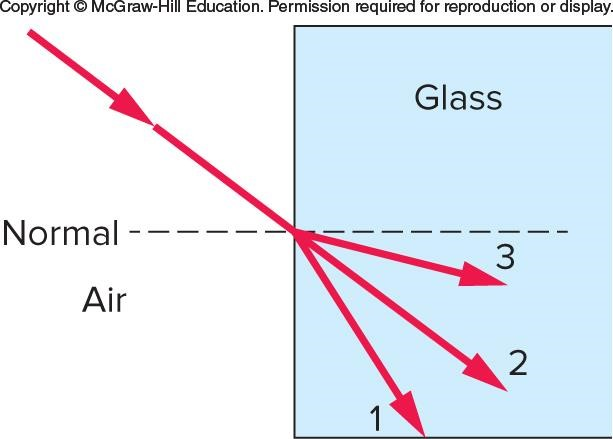A bar (L = 80 cm) moves on two frictionless rails, as shown, in a region where the magnetic field is uniform (B = 0.30 T) and into the paper. If v = 50 cm/s and R = 60 m?, what is the magnetic force on the moving bar?
A. 0.48 N to the right
B. 0.48 N to the left
C. 0.32 N to the left
D. 0.32 N to the right
E. None of the above
Answer: B
You might also like to view...
Answer the following statement(s) true (T) or false (F)
1. A person who exerts a 100-N force horizontally in the +x direction on a wall for 10 minutes does positive work on the wall. 2. When an object slides down a frictionless incline, the contact interaction between the object and incline does no work on the object. 3. The interaction does not change the object’s kinetic energy. 4. The interaction does not change the object’s momentum. 5. A heavy ball swings at the end of a chain connected to a hook in the ceiling. Suppose I pull the ball away from its equilibrium position, hold it against my nose (with the chain taut), and then release the ball from rest. The ball swings away and then back toward my face. As long as I don’t move, and the ball is left alone, I can be confident that the ball will not smash my nose.
shown. Inside the glass, the laser beam will take path nair = 1.000, nglass = 1.50
A. 1
B. 2
C. 3

Equilibrium: An 82-kg painter stands on a long horizontal board 1.55 m from one end. This 27-kg board is uniform, 5.5 m long, and supported at each end by vertical posts.(a) What is the magnitude of the total force provided by both posts?(b) With what force does the post that is closest to the painter push upward on the board?
Fill in the blank(s) with the appropriate word(s).
The direction of natural processes is from states of
A) higher order to lower order. B) lower order to higher order. C) disorganization to organization. D) imbalance to equilibrium.